Which Types Of Metals Are Used In Automotive Engineering?
Description
Automobiles rely on metals that combine high strength and low weight to protect occupants and ensure efficient operation. Over many years, engineers have selected metals based on measured characteristics of strength, weight and durability. This article examines the common metals used in automotive manufacture.
Materials in Automotive Manufacturing
In the construction of vehicles, several metals are employed. They are selected to work together in creating a vehicle that is both lightweight and stable. Some metals are used for the chassis while others enable engine operation. A poor choice may affect fuel consumption and safety; consequently, engineers have studied the properties of many metals over time. Today, we review specific metals and assess their performance in everyday vehicles.
Steel
Steel is one of the most commonly used metals in vehicle manufacture. It exhibits a high strength-to-weight ratio and is known for durability. In modern vehicles, high-strength steel is used for the chassis and body components. For example, dual-phase steel increases strength without adding excess weight. Engineers have employed steel to build components that absorb impact energy in collisions. Many safety features rely on the energy-absorbing properties of steel. Manufacturers favour the use of steel in the frame, suspension and select engine components because it meets cost and performance criteria.
Aluminium
Aluminium is used because of its low density and resistance to corrosion. In automotive manufacturing, aluminium alloys are applied to reduce vehicle weight and thereby decrease fuel consumption. Many engine blocks and gearbox casings are produced in aluminium. The metal is also used for body panels and bonnets to reduce the load on engines and braking systems. In some models, particularly modern electric vehicles, aluminium contributes to extending battery life. Its formability enables manufacturers to meet design specifications, and its performance in heat and load management complies with engineering standards.
Cast Iron
Cast iron is a traditional material used in automotive manufacture. Because it exhibits high wear resistance, it is frequently used for engine blocks and cylinder liners. Although cast iron is heavier than other metals, it remains a dependable choice for components exposed to high temperatures and pressures. Older vehicles often include cast iron parts in the engine. The metal retains heat during combustion and thereby helps maintain consistent engine performance. In cases where longevity and predictable performance are required, cast iron is still employed.
Copper
Copper is recognised for its high electrical conductivity. In modern vehicles, engineers utilise copper in wiring and electronic components to ensure effective current flow among sensors, battery systems and lighting. Effective conductivity is vital given the number of sensors and control systems in vehicles. In addition to wiring, copper is used in some heat exchangers. Its thermal conduction properties facilitate the transfer of heat in engine cooling systems. Although copper does not provide structural support like steel or aluminium, its electrical performance makes it necessary in automotive manufacture.
Magnesium
Magnesium is the lightest structural metal currently used in automotive manufacture. It is chosen because its low density contributes to a significant reduction in vehicle weight. Magnesium alloys are used in engine blocks, steering wheels and even gearbox casings. The lower weight directly results in improved fuel efficiency and driving performance. However, magnesium is less widespread than steel or aluminium because of increased cost and the requirement for specific treatments to prevent corrosion. Advances in processing and treatment have improved its suitability for performance vehicles, and ongoing work aims to reduce costs and enhance its measured performance for both everyday and sport vehicles.
Conclusion
The correct application of metals is fundamental to ensuring vehicle safety and performance. Steel provides the required strength and durability. Aluminium and magnesium are used to reduce vehicle weight and thereby improve performance and fuel consumption. Cast iron is applied in engine components that function at high temperatures. Copper is selected for its role in electrical systems. Each metal fulfils a specific function in the manufacture of vehicles that play an important role in daily transport. For further details, please refer to Stanford Advanced Materials (SAM).
Frequently Asked Questions
Q: Which metal is most commonly used in automotive manufacture?
A: Steel is used most frequently due to its measured strength and cost efficiency.
Q: Why do engineers use aluminium in vehicles?
A: Aluminium is used because it is lightweight and resistant to corrosion, thereby contributing to reduced fuel consumption.
Q: What is the benefit of using magnesium in vehicles?
A: Magnesium reduces the overall weight of vehicles, thereby improving driving performance and fuel efficiency.

 Bars
Bars
 Beads & Spheres
Beads & Spheres
 Bolts & Nuts
Bolts & Nuts
 Crucibles
Crucibles
 Discs
Discs
 Fibers & Fabrics
Fibers & Fabrics
 Films
Films
 Flake
Flake
 Foams
Foams
 Foil
Foil
 Granules
Granules
 Honeycombs
Honeycombs
 Ink
Ink
 Laminate
Laminate
 Lumps
Lumps
 Meshes
Meshes
 Metallised Film
Metallised Film
 Plate
Plate
 Powders
Powders
 Rod
Rod
 Sheets
Sheets
 Single Crystals
Single Crystals
 Sputtering Target
Sputtering Target
 Tubes
Tubes
 Washer
Washer
 Wires
Wires
 Converters & Calculators
Converters & Calculators
 Write for Us
Write for Us
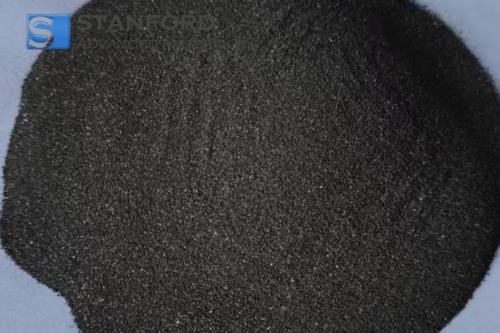
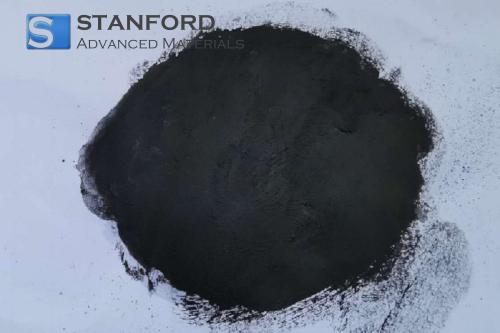
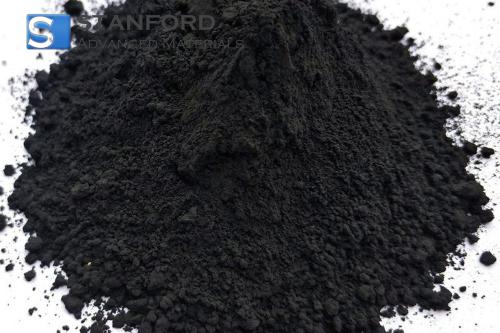
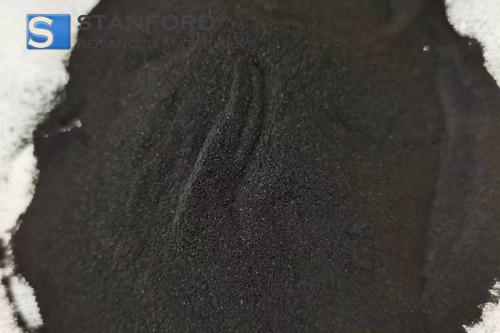
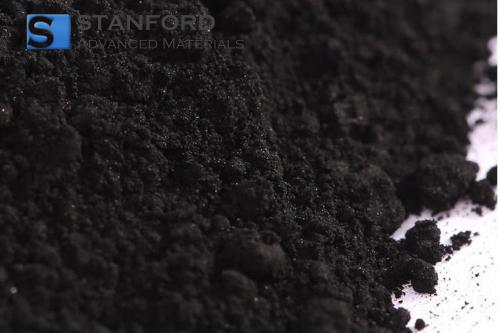
 Chin Trento
Chin Trento



